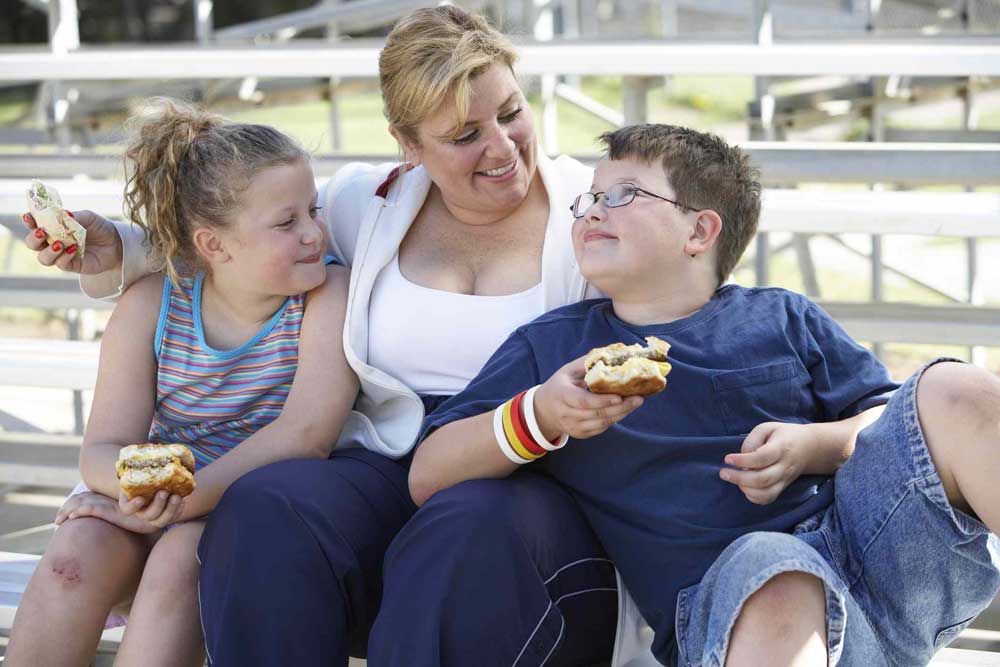Because childhood obesity has tripled since the 1970s, many people consider it an epidemic. With so many sugary foods and beverages marketed to children, it can be difficult to moderate your child’s eating habits and reinforce a healthy lifestyle. Thankfully, with the help of early childcare, hospitals, schools and wellness organizations, there are programs being put in place to reverse the obesity epidemic.
Some schools focus curricula and lunch menus on healthy eating. For example, in certain institutions, soda- and juice-based vending machines have been replaced with free water fountains. Breakfast and lunch menus are also starting to include more nutritional options such as salad bars and vegetarian meals.
Other national organizations are assisting children with their journey to a healthier weight. The Supplemental Nutrition Assistance Program (SNAP) helps feed about 40 million Americans each month. The Child and Adult Care Food Program (CACFP) uses its federal funding to reimburse providers for the cost of nutritious meals and snacks.
Additionally, many restaurants and food distributors have updated their guidelines. The Affordable Care Act (ACA) requires food retail establishments to display calorie information on their menus. As of 2020, food manufacturers are required to create easily visible nutrition information on the label. These steps encourage consumers to be aware of the food we are putting in our bodies, encouraging a healthier balance.
However, the most important habits regarding food nutrition for children start at home. Whether it’s meal planning, nutrition education or physical activity, parents can motivate their children to care about their health. To learn more about the consequences and causes of childhood obesity, check out the accompanying resource.
AUTHOR BIO: Kids Car Donations is a national organization that accepts vehicle donations to better the lives of children. The organization partners with a number of well-known nonprofits serving children and teens who are confronted with physical, mental and emotional challenges to provide the care they need.
This infographic was created by Kids Car Donations, a
car donation center

